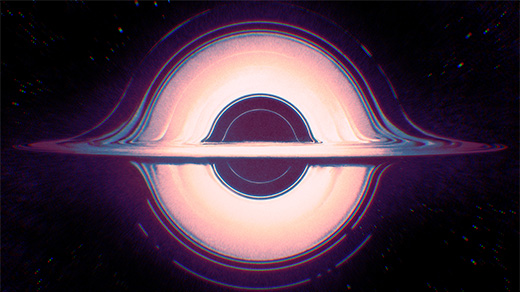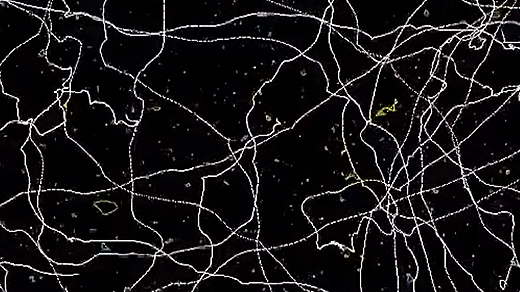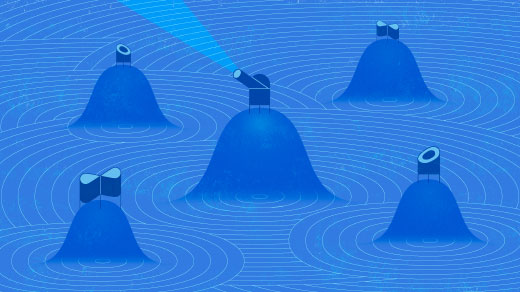What's up in
String theory
Latest Articles
What Is a Particle?
It has been thought of as many things: a pointlike object, an excitation of a field, a speck of pure math that has cut into reality. But never has physicists’ conception of a particle changed more than it is changing now.
The Most Famous Paradox in Physics Nears Its End
In a landmark series of calculations, physicists have proved that black holes can shed information.
Some Physicists See Signs of Cosmic Strings From the Big Bang
Subtle aberrations in the clockwork blinking of stars could become “the result of the century.” That’s if the distortions are produced by a network of giant filaments left over from the birth of the universe.
The Map of Mathematics
Explore our surprisingly simple, absurdly ambitious and necessarily incomplete guide to the boundless mathematical universe.
The Double Life of Black Holes
Perfect black holes are versatile mathematical tools. Just don’t mistake them for the real thing.
Black Hole Firewalls Could Be Too Tepid to Burn
String theorists elide a paradox about black holes by extinguishing the walls of fire feared to surround them.
Dark Energy May Be Incompatible With String Theory
A controversial new paper argues that universes with dark energy profiles like ours do not exist in the “landscape” of universes allowed by string theory.
There Are No Laws of Physics. There’s Only the Landscape.
Scientists seek a single description of reality. But modern physics allows for many different descriptions, many equivalent to one another, connected through a vast landscape of mathematical possibility.
Questioning Truth, Reality and the Role of Science
In an era when untestable ideas such as the multiverse hold sway, Michela Massimi defends science from those who think it hopelessly unmoored from physical reality.








